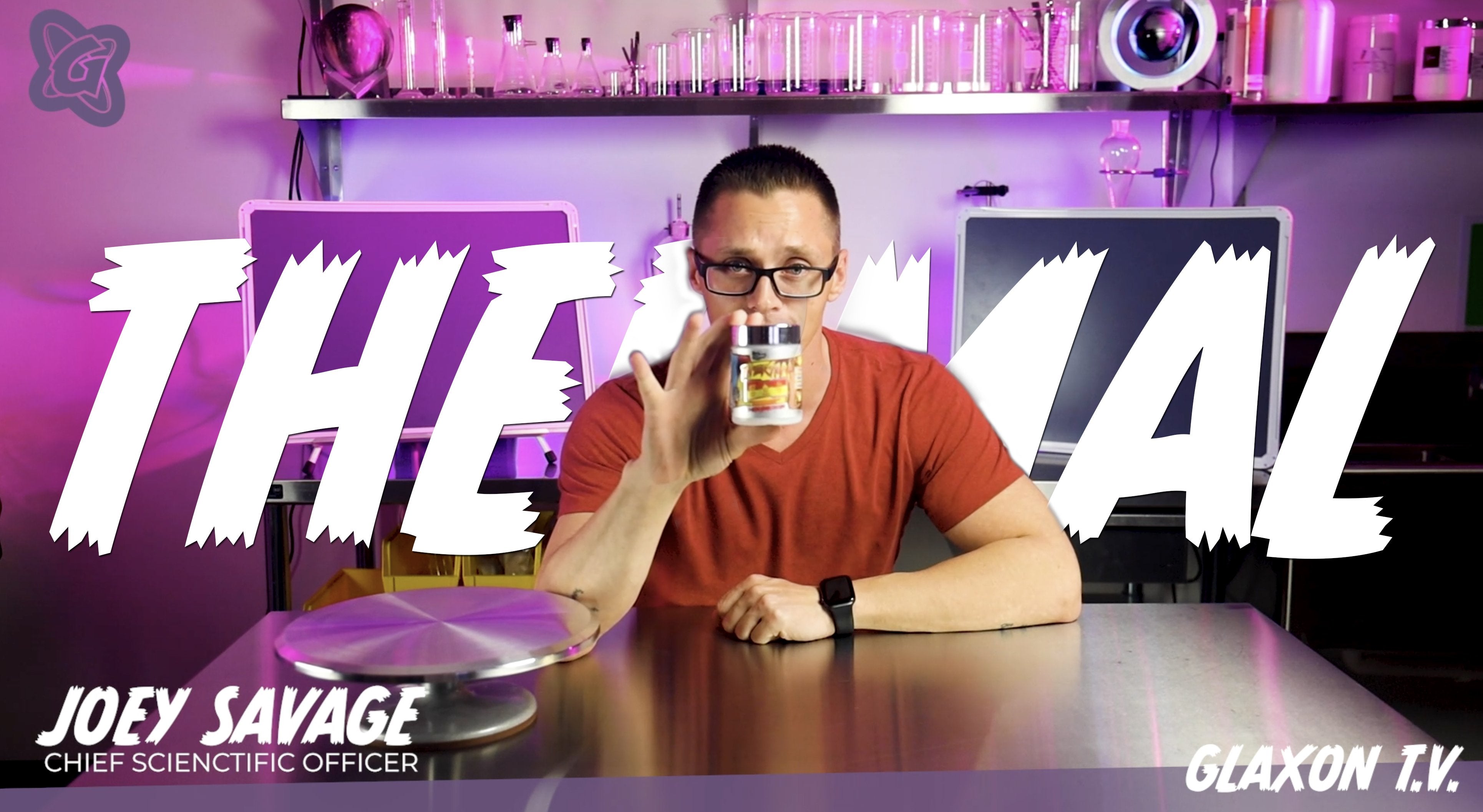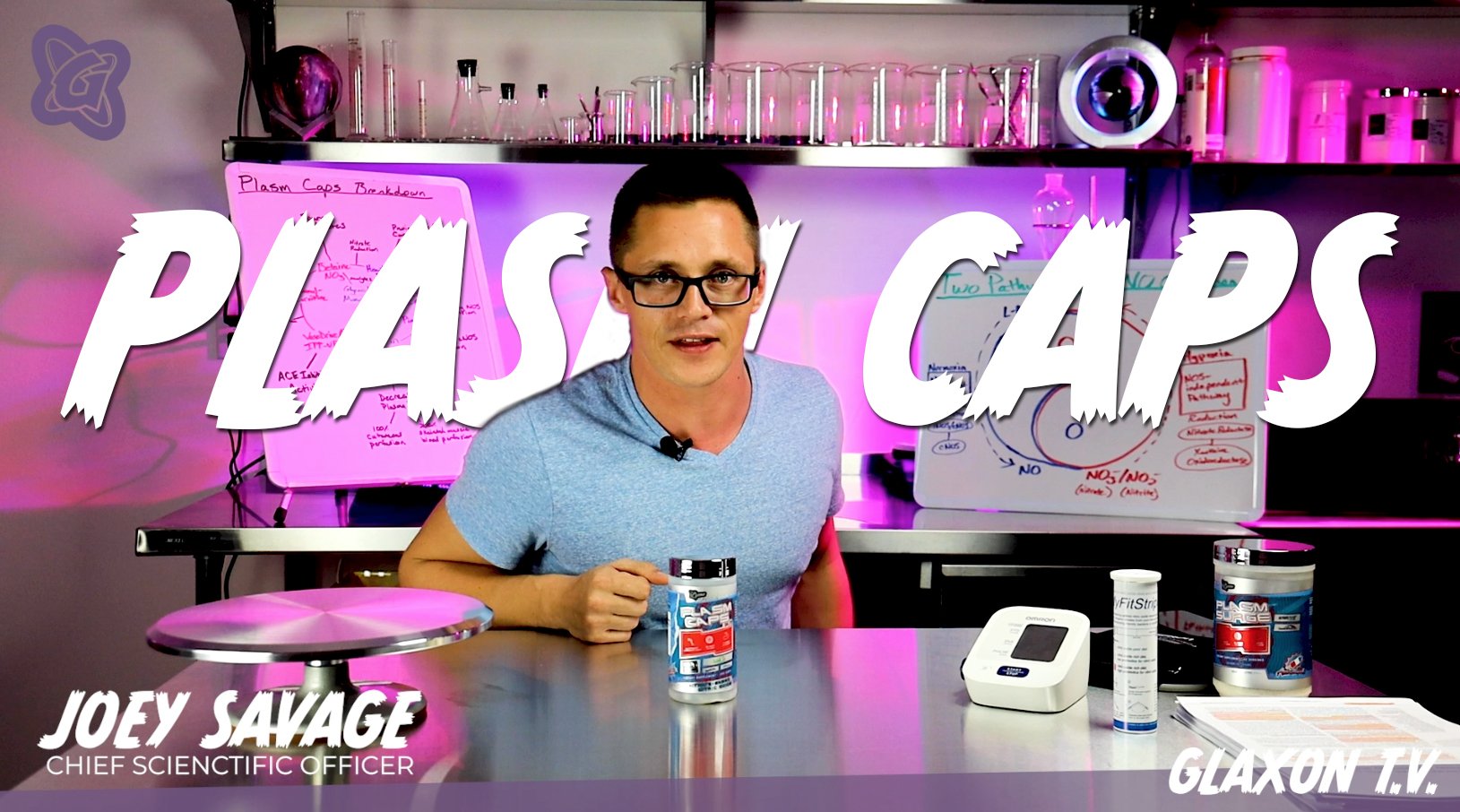Get ready to 1up with the SuperShroom!
Now, aside from being a simple prebiotic, there’s actually a lot of complexity to consuming mushrooms and seeing what kinds of benefits you can get out of them. Their function as a “prebiotic” is merely a structural thing. It just so happens that bacteria love to eat the stuff that mushrooms are made out of, which is interesting because since we humans share some physiological functionality (breathing oxygen in exchange for carbon dioxide, the storage of glycogen, etc.) we also share similar pathogens. However, since fungi have been around on earth for considerably hundreds of millions of years more than human beings have, they’ve developed their own ways of protecting themselves from these potential pathogens like bacteria, other fungi, and some viruses.
Furthermore, there have also been combinations of mushrooms that have been studied for their effects on performance. One of the most common underlying themes for studies conducted for the effect of mushrooms on performance is the fact that long-term use is a requirement. This is true for the use of Lion’s Mane mushroom for its cognitive benefits, just as it is for the performance benefits desired from mushroom blends. Though some improvements have been seen in VO2max and time to exhaustion in as little as two weeks, these particular studies have explored a dose range of 1-12 grams of mushroom blend per day - which is quite a range of dosages. However, even these studies mentioned that greater benefits are likely to be achieved with more consistent chronic use. This seems to be in-line with the use of other mushrooms for performance, showing best results after 12-weeks of supplementation. However, aside from these potential adaptations in time to expenditure and VO2max, mushrooms have been traditionally used for millennia to help support overall immune function.
Now, when we work out, we are actively participating in a natural process of growth that goes through distinct phases of damage and repair. We deliberately damage our muscle tissue with the hope that with proper nutrition and recovery time that we can return to the gym bigger and stronger before...to essentially repeat the damage and repair process to be able to perform tougher and tougher bouts of strength and conditioning. So how can mushrooms help facilitate this? How can a mushroom actually assist in my recovery? Well, when we work out and cause this damage to our muscle cells, there are actually several types of inflammatory cell infiltration in skeletal muscle after exercise. It’s been speculated that the first cells to enter the damaged fibers are neutrophils and then macrophages that come in to remove debris. This is then followed by another subpopulation of macrophages that are actually associated with fiber regeneration. The neutrophils and first wave of macrophages are responsible for maintaining the proinflammatory environment, as well as the phagocytic activity that essentially cleans up the damaged tissue before regeneration, usually around 48-hours post-exercise. Now it has been previously shown that maitake mushrooms, when in combination with shitake mushrooms - actually cause a significant increase in phagocytic activity. Now, the way that we know that medicinal mushrooms work really isn’t all that magical, and originally stems from two schools of thought: those in the Eastern hemisphere studied the effects of medicinal mushrooms on the immune system, while those in the Western hemisphere studies the immunoregulatory roles of yeast - and yet both of them were actually talking about the same thing: the immunostimulatory role of alpha- and beta-glucans. These collectively termed “glucans” are actually pretty ubiquitous polysaccharides that are found in many plants, fungi, and yeast. The glucans have an interesting relationship with the body’s immune system in the sense that they can recruit various complement proteins that either triggers the immune system to phagocytize various pathogens, or to recruit various cell types to sites of repair. Damaged muscle tissue fragments leaking across the myocellular membrane are recognized by the complement protein C3b, resulting in activation of the alternative complement pathway. Other complement proteins generated through this pathway, such as C3a and C5a, attract neutrophils to the site of inflammation and tissue damage. So, as a means of further facilitating this process of breakdown, recovery, and rebuilding - SupershroomTM also includes Turkey Tail mushroom, which has also been shown to increase phagocytic enzymes in macrophages, while stimulating their activation. And as stated previously, these macrophages are also crucial in the clean-up processes the body undergoes before tissues can be rebuilt. So, can mushrooms help with recovery? It sure is possible because they are actually a crucial component in the process of damage, recovery, and reconstruction.
Follow us on Instagram @IamGlaxon
Follow Joey on Instagram @thesupplementlab
Shop SuperShroom - https://www.glaxon.com/products/supershroom%E2%84%A2
Check-out this TedTalk by Paul Stamets - "six ways mushrooms can save the world" https://www.ted.com/talks/paul_stamets_6_ways_mushrooms_can_save_the_world
TOP 5 STUDIES:
1 - Molecular mechanisms of bioactive polysaccharides from Ganoderma lucidum (Lingzhi), a review.
https://www.sciencedirect.com/science/article/pii/S0141813020300295
2 - Isolation and comparison of α- and β-D-glucans from shiitake mushrooms (Lentinula edodes) with different biological activities.
https://www.sciencedirect.com/science/article/abs/pii/S0144861719311890
3 - New Insight into Mycochemical Profiles and Antioxidant Potential of Edible and Medicinal Mushrooms: A Review.
http://www.dl.begellhouse.com/journals/708ae68d64b17c52,5920db303fdf6d4c,23a654a560b9a5b2.html
4 - Immunomodulatory Aspects of Medicinal Mushrooms.
https://link.springer.com/chapter/10.1007/978-981-13-6382-5_5





Leave a comment
All comments are moderated before being published.
This site is protected by hCaptcha and the hCaptcha Privacy Policy and Terms of Service apply.